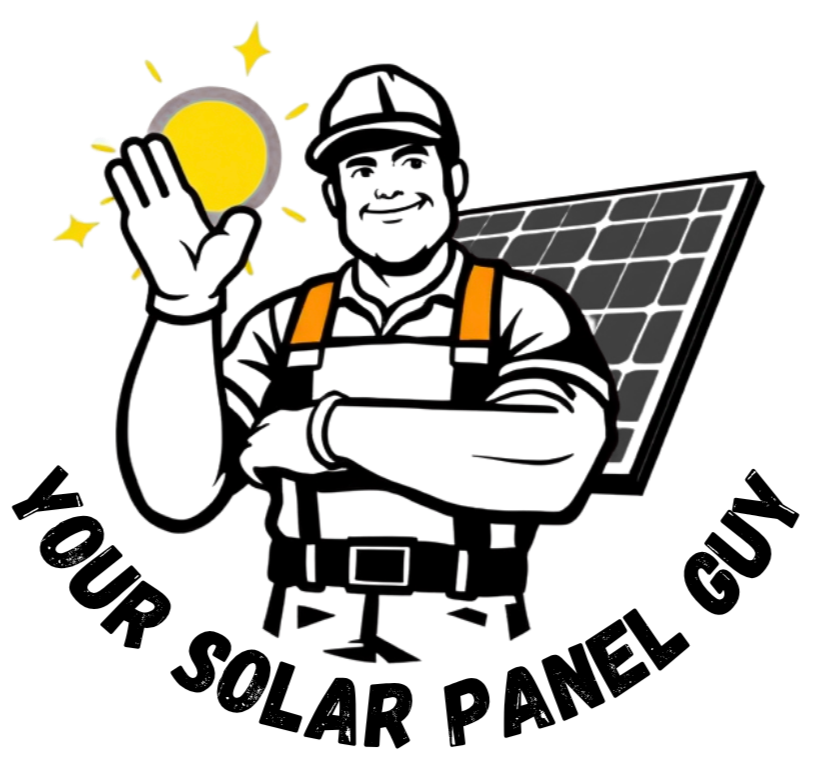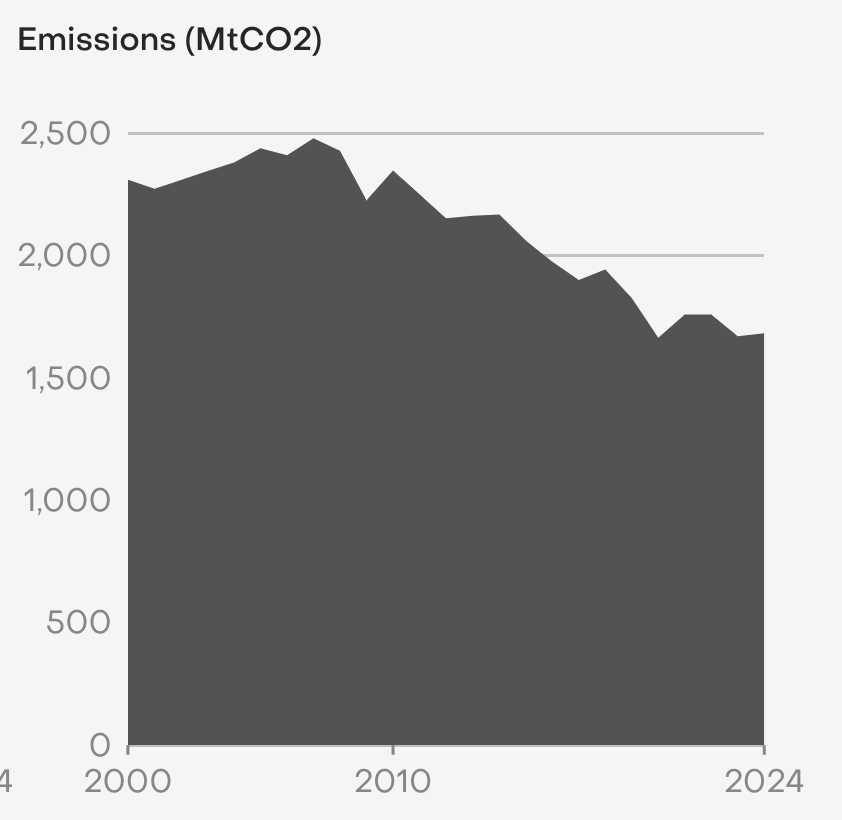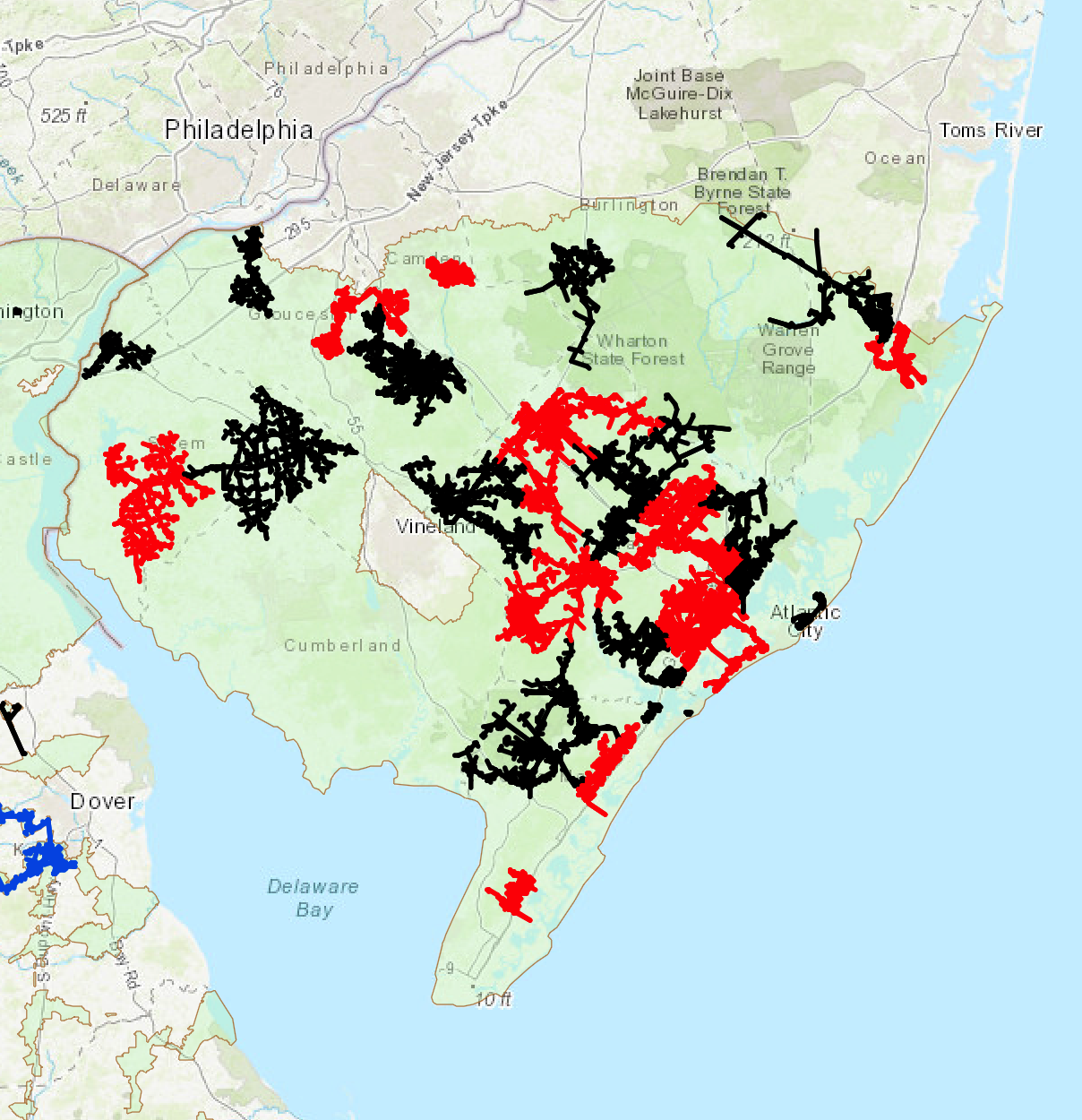The Future of Power Generation
How do we get power?
This pie chart shows us the sources of the power that flows through your home 24/7.
Electricity is like a hot dog. You love consuming them, but you don’t really want to know how they’re made.
Do you ever think about how you plug something into a wall, and magically you have electricity? It doesnt happen by accident. Let’s dive a little deeper…
USA Electric Generation 2024
The Journey to your home.
After going through collection and generation plants, the power flows through the iron giants in this image.
It then goes to a substation, and then is directed to our communities and homes.
Power is constantly flowing through our homes. Isn’t that amazing?
However, to live a life people just 50 years ago would call a miracle… is getting costly…
Energy Inflation is out of Control
Relying mainly on fossil fuels has caused power to have never ending inflation.
Why?
Fossil fuels are a limited resource, therefore the price of it will continually go up forever.
Fossil fuels are also harmful to the environment, not only through air pollution, but also drilling and mining it.
Maintaining an electric grid that spans across 1,000s of miles is expensive. The labor, maintenance, and improvement costs continue to rise.
In the past 10 years, the price of electricity in New Jersey and Pennsylvania has doubled. That’s a 7% increase per year.
Utilities (6% annual increase) vs. Solar
Avg. Monthly Electric Bill ($)
Utility
Years
Solar
How much will you pay for electricity over the next 25 years?
This home has an average bill of $200 in 2025. Over the next 25 years, with 6% annual inflation, this home would pay a total of $147,138.25.
As best case solar scenario, this homeowner is going solar with a 15 year pay off plan. Not only will they save money in month 1, but after just 15 years, they will not have to pay for power. At least for another decade.
Let’s say they’re paying $120 per month for solar, $0 up-front cost, instead of $200 per month with the utility. Over this same 25 year period, with solar, this home will only pay $18,000. That’s 6 figures worth of savings.
The Dawn of a new era.
Could solar power potentially be the solution?
Every day, the sun’s rays send 173,000 terawatts of energy to Earth, 10,000 times the amount used by all of humanity.
In 2024, wind and solar together generated more electricity than coal for the first time in the US, while solar rose more than gas to meet increased demand growth.
Solar power remained the fastest-growing source of electricity, with its generation rising by 27% in 2024.
Without these additions to the electric grid, our bills would be even higher than they are now.
The future is bright…
An increase in renewable energy has helped USA power generation emissions drop by over 25% in the last 15 years.
Solar electricity prices have dropped 89 percent since 2010 while solar panels have surged in efficiency.
The dream of a solar powered planet is starting to shape into reality…
Source: Ember-Energy.org
Is now the time to take advantage?
Across the country, short-term renewable energy goals are being hit.
In January 2025, New Jersey achieved their first clean energy milestone. 200,000 solar installations. Which is about 8% of NJ’s power.
With this goal being hit, the government and utilities in the state are already discussing ways to decrease the financial benefit to homeowners.
Why would they decrease the benefit? The utility companies are for-profit businesses. In 2024, AC Electric alone made roughly $60-$80 million in profits.
As more and more homes install solar, the utility company loses money. They have already started shutting down areas of the grid that have reached max capacity. This means even if you begged to have solar installed in one of these areas, they will deny your application.
Source: https://exelonutilities.maps.arcgis.com/apps/dashboards/abe9ee736f814d1692334627066f426b
Any area that is black on this map is completely shut down for solar. Areas that are red are near the limit, and will be shut down soon.
What are my incentives to go solar, and how long will they last?
The federal government has made solar 30% off with the Federal Solar Tax Credit. This tax credit allows any income tax paying individual to get 30% of their system cost back in their tax return. The Big Beautiful Bill that was just passed by congress has decided to end this, this year. If your solar system is not installed by December 31st, 2025, you will have to pay 30% more to go solar.
On the state level, most states in the PJM grid have an “SREC” program. This stands for Solar Renewable Energy Credit.
1 SREC = 1,000kwh = Cash back (NJ = $85 , MD = $70 , PA = $32 , DE = $30)
One of the most profitable SREC programs is New Jersey’s. Here’s an example:
If an average home produces 10,000kwh annually, this means that a homeowner will get paid $85, 10 times per year, for the next 15 years. Therefore, in this scenario, just because someone has a solar system they will make passive income of $850 per year for the next 15 years.
The SREC program has steadily declined since its an inception. 10 years ago SRECs were going for over $200 in NJ. The conclusion: the closer the government gets to their renewable energy goals, the less money they will give you to do it. We are already seeing this in states like California, where solar has become common place. Recent policy changes are making it harder and harder to profit from going solar.
If you have ever considered going solar, now may be the sweet spot. The technology is advanced, and the incentives are still here, but for how much longer…
The Truth Behind How Solar Works
“What happens to my electric bill when I go solar?”
?
“Where does the energy go, and who keeps track?”
“What if I make extra energy? Who gets the money for that?”
All of these common questions can be answered by understanding Net Metering.
Imagine if this was your power bill every month…
How much money would you save? What would you be able to do with all that extra money?
Sounds too good to be true? Let’s look at the details…
Normally, the utility company “meters” your home’s electric usage, and bills you accordingly.
Net metering is a way to make going solar easy for any home, without the need for storage batteries.
The goal is simple. Produce the same amount of power, or more, than what your home currently uses. As long as you do that, the utility company will bill you only a connection charge just to stay connected to the grid, which is typiclly around $6.
Your new monthly statement:
Every month, you receive a breakdown of how much excess power you sent, and how much your home used.
The utility doesn’t care if you sent it to them, or if they sent it to you. All they care about is that you cover what your home uses. This is called “1 for 1 net metering”. There may be some month’s when your home uses more from the grid, but those months are made up for by all the other month’s when the system produces extra. This sample bill from one of our customers is a perfect example of this.
1 for 1 Net Metering Going Away?
Some states like California, Arizona, and Texas that have a lot of solar power have already taken away 1 for 1 net metering.
In these states you must get a storage battery along with your system, which makes it more expensive to convert to solar.
States in the PJM grid such as New Jersey, PA, Maryland, and Delaware still have 1 for 1 in place. However, with the recent benchmarks being hit, they are in talks now to determine if they want to keep it, or make it more expensive for homeowners looking to go solar.
How do I know if solar is right for my home?
Using solar engineering software, we can determine exactly how many panels your home needs to eliminate your electric bill with the utility company.
If you can produce the same amount that your home uses, solar can potentially save you a lot of money.
Is Solar Free to Install?
No, solar is not free to install. Solar is a substitute for your power. A better way of paying for something you will need as long as you live. However, most installers offer options that require $0 up-front. Hence why sleezy marketing tactics will try to say it’s “free”. You still have to pay for your power, but you will just pay significantly less.
How much savings you can achieve will be determined by what plan is ideal for your unique situation.
What solar plan is best for my home?
Your Solar Panel Guy has worked tirelessly to find the absolute best possible plans for solar installation. Leveraging multiple installers and finance companies.
Whether you plan on living in your home until you die, or plan on moving within a few years, we have a plan that will require $0 up-front, will save you money from month one, and increase the value of your property.
Don’t wait until all of the incentives are gone. If you have more questions, or would like to get a free report and analysis for your home, schedule a free 30min call with us today!
Contact us
Interested in working together? Have some questions? Want to share your opinion? Your Solar Panel Guy is here! Leave a message and as soon as he’s done saving homeowners money he will be right with you!











